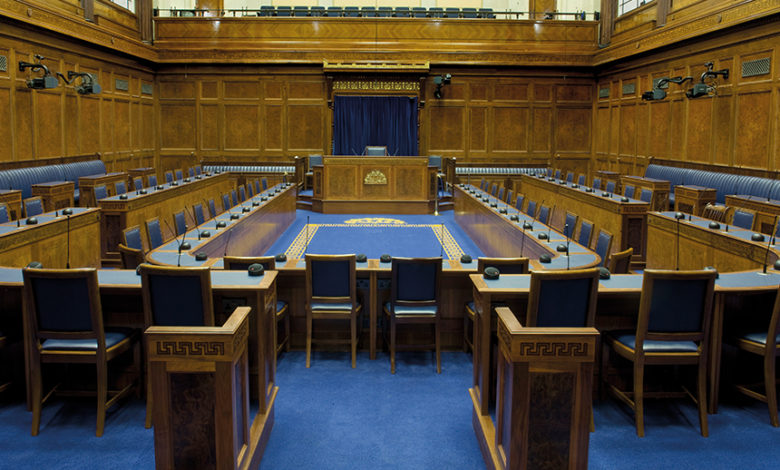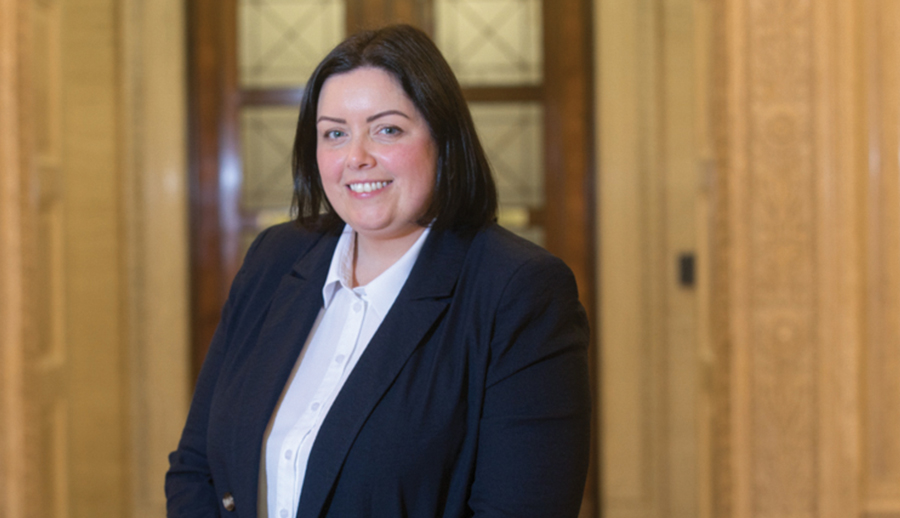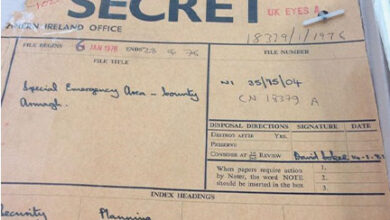Assembly co-optees: 96 per cent re-election rate

Often criticised as an exploitation of MLA replacement rules, results from the recent Northern Ireland Assembly election show that the co-option of MLAs has a highly successful conversion rate for those individuals when seeking election.
In May’s Assembly elections, there were 23 MLAs fighting for election who had been co-opted into Stormont during the previous mandate. With the exception of the Green Party’s Rachel Woods, who had been co-opted in to replace former leader Steven Agnew, all of these candidates managed to be re-elected.
This 96 per cent re-election rate of co-opted members shows that, in spite of the common criticism levelled towards the co-option process, that it is a successful means of entering Stormont, and that most of these MLAs invariably become popular with their constituents.
Co-options in the last mandate
In the last mandate, there were four MLAs who were co-opted in and then left before the end of the mandate. These were Catherine Kelly, Karen Mullan, Martina Anderson (all from Sinn Féin) and Máire Hendron from the Alliance Party. Indeed, Hendron, who was co-opted in whilst party leader Naomi Long MLA served in the European Parliament, spent seven months as an MLA, but, since the Assembly was not functioning, never actually sat in a committee or took part in a debate for the entire duration of her spell in Stormont.
The DUP’s Paul Rankin, who also never took part in the business of the Assembly, only sat as an MLA for two weeks, having replaced Edwin Poots MLA in Lagan Valley.
In the last mandate, there were 29 co-options overall, 58 per cent of which were from nationalist parties, with 21 per cent from unionist parties and 17 per cent from the ‘other’ designation. The Ulster Unionist Party were the only of the executive parties not to have had any co-options during the last mandate.
Sinn Féin accounted for 13 of the 29 co-options whilst the DUP were just behind them with 10 co-options.
Two of the co-optees, Deirdre Hargey from Sinn Féin, and Diane Dodds from the DUP, ended up serving in the Northern Ireland Executive as Minister for Communities and Minister for the Economy respectively.
Nine incumbent MLAs lost their seats in May’s elections, but only one of these was co-opted in, and none of the ‘big five’ party’s MLAs lost their seats.

Co-optees in the Assembly
Of the 90 MLAs elected to the current Assembly, 32 of them entered having been co-opted into Stormont, which accounts for 36 per cent of MLAs. 36 per cent of MLAs entered the Assembly having not been elected.
Only two of the 18 constituencies represented in the Assembly, Belfast North and South Down, are completely represented by MLAs who were not co-opted, with five constituencies, West Tyrone, Foyle, Fermanagh and South Tyrone, Belfast West and Belfast South, having a majority of MLAs who were co-opted into the Assembly.
48 per cent of Sinn Féin’s current crop of MLAs were initially co-opted, with 40 per cent of the DUP’s 25 MLAs having also been co-opted. 18 per cent of the Alliance Party’s MLAs were co-opted, and 50 per cent of the SDLP’s MLAs were co-opted. 11 per cent of the Ulster Unionist Party’s MLAs entered the Assembly by co-option. The only independent MLA, East Londonderry’s Claire Sugden, also initially entered the Assembly by co-option.
DUP leader Jeffrey Donaldson MP was elected as an MLA for Lagan Valley in May’s election, only to resign from this role after just one week, being replaced by Emma Little-Pengelly MLA, in order to continue as a Westminster MP.
Little-Pengelly, a former MLA for Belfast South, now represents Lagan Valley, the former constituency of Edwin Poots, who was himself co-opted to serve as an MLA for Belfast South following the death of Christopher Stalford.
By gender, there is little to split the makeup of the MLAs who arrived by co-option, although there is a slight male majority. 53 per cent of MLAs who arrived in the Assembly by co-option were men.
New MLAs
May’s Assembly elections saw the election of 16 first-time MLAs. Perhaps unsurprisingly, given the party’s surge, 69 per cent of these new MLAs were elected for the Alliance Party, with 19 per cent from the DUP and 13 per cent from Sinn Féin. All MLAs who were elected for the Ulster Unionist Party, SDLP, TUV, People Before Profit and as independents, were incumbent MLAs.
63 per cent of these new MLAs were men, and 96 per cent of new MLAs were elected in constituencies east of the Bann. This is unsurprising, given the Alliance party’s comparative strength east of the Bann, compared with the west.
The new MLAs were as follows: Danny Baker, Cathy Mason (both from Sinn Féin), Philip Brett, Brian Kingston and Alan Robinson (all from the DUP), Patrick Brown, Danny Donnelly, Sorcha Eastwood, Connie Egan, David Honeyford, Peter McReynolds, Nick Mathison, Nuala McAllister, Kate Nichol, Patricia O’Lynn and Eóin Tennyson (all from the Alliance Party).





